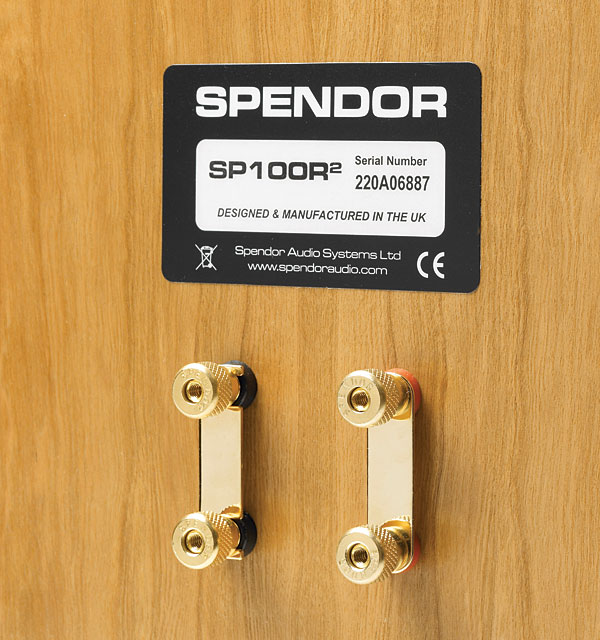| Columns Retired Columns & Blogs |
The crossover frequencies are ~ 620 Hz and ~ 3200 Hz . It's misstated in the article at 55 Hz and 5000 Hz and also in the specifications page at 500 Hz and 5000 Hz. Just thought I would bring this to the editors attention.
Also who would ever choose to use a 7" driver to cover 620 Hz to 3200 Hz ? That shit is crazy as the directionality of the woofer from 2KHz to 3.2KHz creates a huge dip in the off axis power response.
On paper this speakers looks like a blunder. I think JA summed up this review the best: An enigma.









































